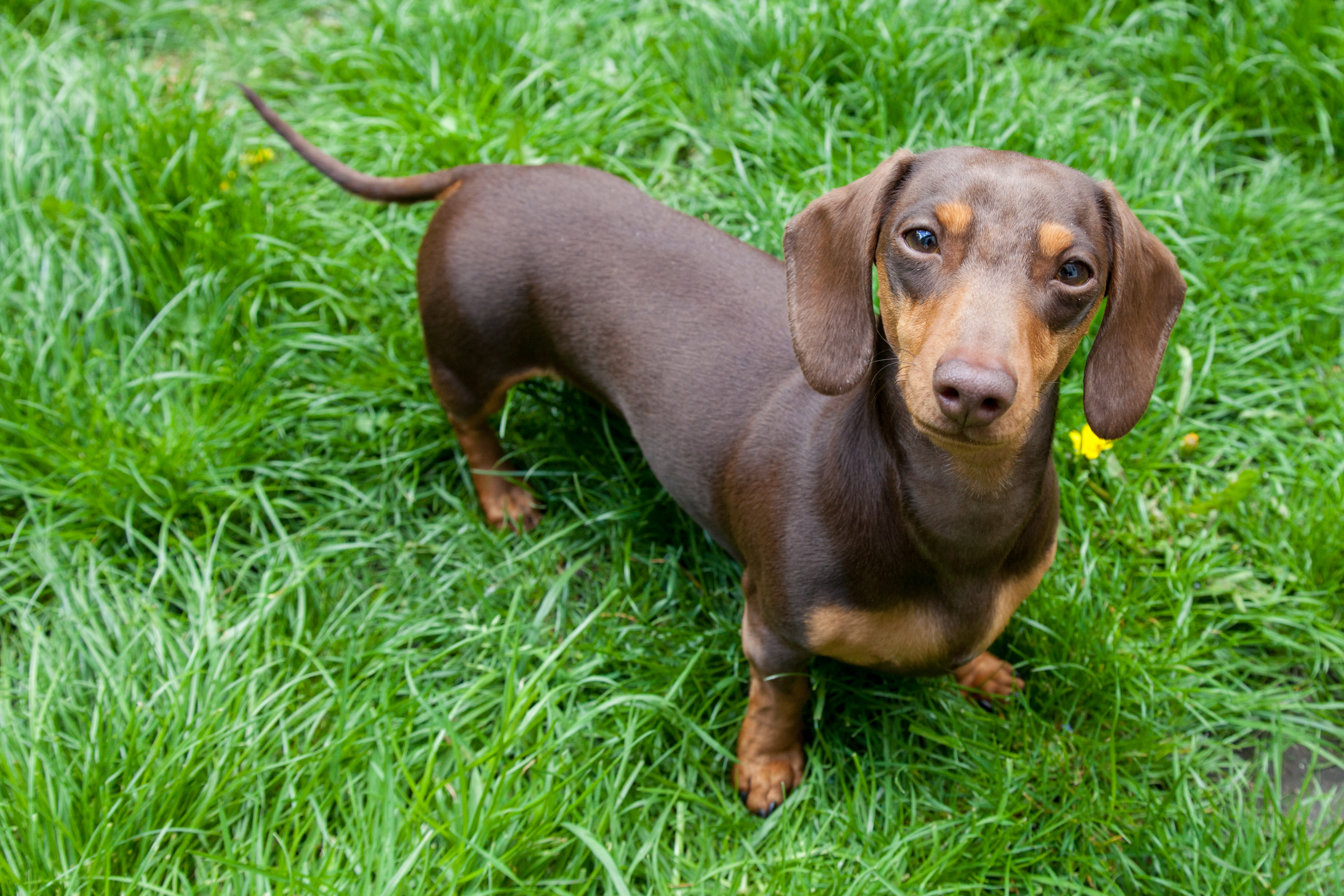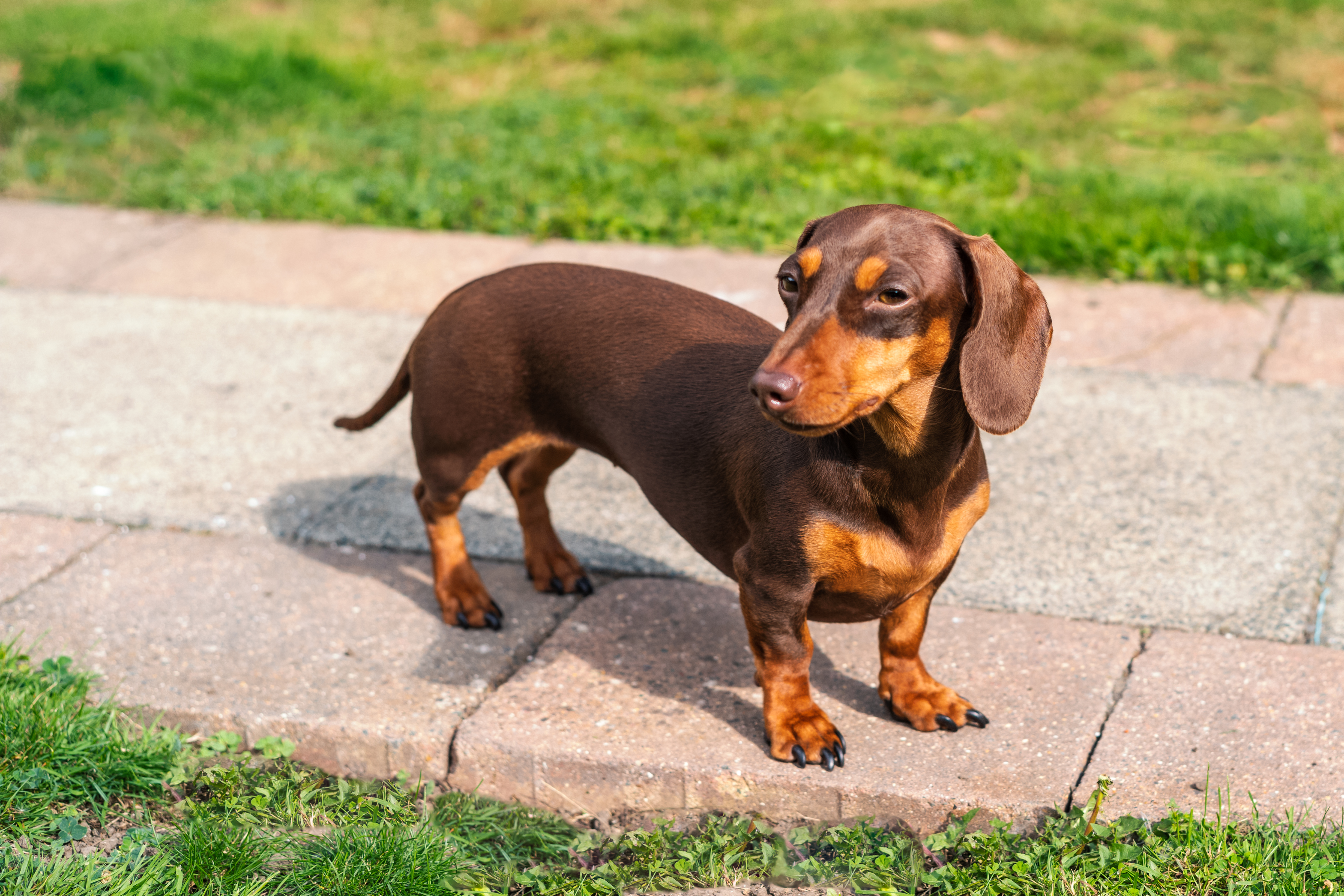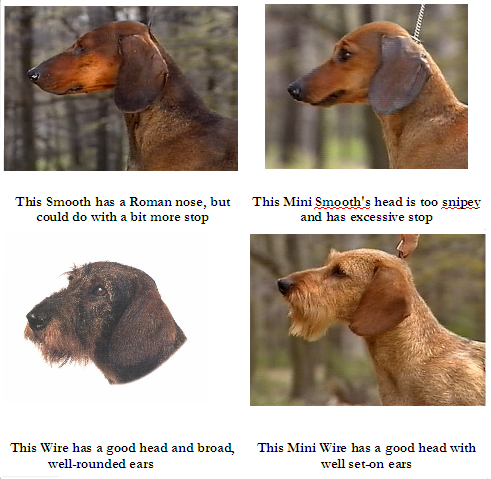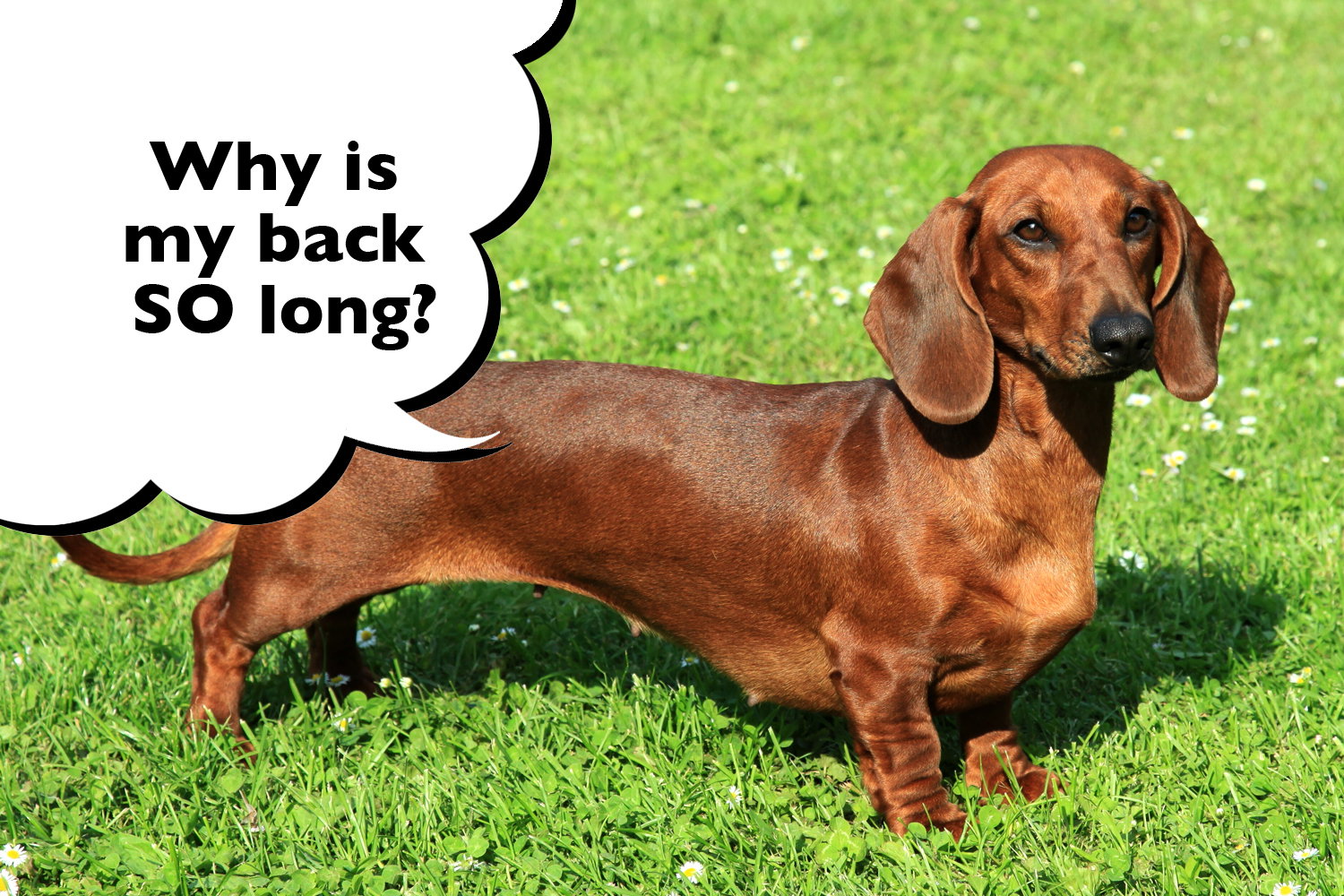The dachshund, also known as the weenie dog, sausage dog, and badger dog, is a beloved breed that has captured hearts worldwide with its unique appearance and charming personality. With their long bodies, short legs, and perky ears, these lovable canines have become a popular choice for families and individuals looking for a loyal companion.
One question that often comes to mind when considering a Dachshund is “how big do they get?” The answer is not as straightforward as one might think, as Dachshunds come in three different size varieties – Standard, Miniature, and Miniature Smooth. In this article, we will delve into the world of Dachshund sizes, explore the factors that influence their growth, and understand what to expect when welcoming a Dachshund into your home.
Contents
Standard Dachshund Size and Weight

The Standard Dachshund is the largest of the three size varieties and typically weighs between 16 and 32 pounds. They have a sturdy build, a long, low body, and a distinct badger-like appearance. This size variety is the original Dachshund breed and was developed in Germany in the 15th century for hunting badgers.
Height and Length of Standard Dachshunds
According to the American Kennel Club (AKC), the ideal height for a Standard Dachshund is around 8-9 inches at the shoulder. However, heights may vary slightly depending on genetics and other factors. When it comes to length, Standard Dachshunds can range from 12 to 17 inches.
Common Colors of Standard Dachshunds
Standard Dachshunds come in a variety of colors and patterns, including:
- Red
- Black and tan
- Chocolate and tan
- Blue and tan
- Cream
- Isabella (also known as fawn or lilac)
They can also have various patterns, such as dapple, brindle, and piebald. However, not all colors and patterns are accepted by kennel clubs, so it’s essential to check with your local club before breeding or showing your Dachshund.
Health Concerns for Standard Dachshunds
While Standard Dachshunds are generally healthy dogs, there are a few health concerns that owners should be aware of, including:
- Intervertebral Disc Disease (IVDD): Due to their long bodies and short legs, Standard Dachshunds are prone to back problems, which can lead to IVDD. It’s crucial to prevent excessive jumping and provide proper support, especially for older Dachshunds.
- Obesity: As with any dog breed, obesity can be a significant issue for Dachshunds. Their long bodies put extra strain on their joints, making them more susceptible to health issues like arthritis.
- Dental Problems: Dachshunds may be predisposed to dental issues due to their small mouths and crowded teeth. Regular dental care is essential to prevent plaque buildup and maintain good oral health.
Miniature Dachshund Size and Weight
Miniature Dachshunds are a smaller version of the Standard Dachshund and weigh between 11 and 16 pounds. They possess the same distinctive body shape as their larger counterparts but in a more compact size, making them popular choices for those looking for a smaller breed.
Height and Length of Miniature Dachshunds
As the name suggests, Miniature Dachshunds are significantly smaller than Standard Dachshunds. The AKC states that they should stand no more than 6 inches at the shoulder and typically measure between 5 and 6 inches in length.
Common Colors of Miniature Dachshunds
Miniature Dachshunds come in various colors and patterns, much like Standard Dachshunds. The most common colors include:
- Red
- Black and tan
- Chocolate and tan
- Cream
- Isabella
They can also have different patterns, such as dapple, brindle, and piebald, but not all are accepted by kennel clubs.
Health Concerns for Miniature Dachshunds
Miniature Dachshunds share similar health concerns with their Standard counterparts, such as IVDD and obesity. However, they may also be more prone to:
- Hypoglycemia: Due to their small size, Miniature Dachshunds can experience sudden drops in blood sugar levels. It’s essential to monitor their diet and provide regular meals to prevent hypoglycemia.
- Patellar Luxation: This is a condition where the kneecap slides out of place, which can cause discomfort and difficulty walking. Regular exercise and maintaining a healthy weight can help prevent this condition in Miniature Dachshunds.
Miniature Smooth Dachshund Size and Weight

The Miniature Smooth Dachshund is the smallest of the three size varieties, weighing between 8 and 11 pounds. They have a more delicate build compared to their Standard and Miniature counterparts, making them perfect lap dogs.
Height and Length of Miniature Smooth Dachshunds
Miniature Smooth Dachshunds have a height and length similar to Miniature Dachshunds, standing no more than 6 inches at the shoulder and measuring between 5 and 6 inches in length.
Common Colors of Miniature Smooth Dachshunds
Like the other two size varieties, Miniature Smooth Dachshunds can come in a variety of colors and patterns, including:
- Red
- Black and tan
- Chocolate and tan
- Cream
- Isabella
However, they are not as commonly seen in patterns like dapple or brindle.
Health Concerns for Miniature Smooth Dachshunds
Miniature Smooth Dachshunds share the same health concerns as Standard and Miniature Dachshunds. However, due to their shorter, smoother coat, they may be more susceptible to skin problems like allergies and infections.
Factors Influencing Dachshund Size

Now that we have explored the three size varieties of Dachshunds let’s dive into the factors that can influence their size and growth.
Genetics
Genetics play a significant role in determining the size of a Dachshund. Breeders carefully select dogs with desired traits and characteristics to produce offspring that meet the breed standard. However, even within the same litter, puppies can vary in size due to genetic influence.
Diet
Diet also plays a crucial role in a Dachshund’s size and growth. Puppies need proper nutrition to reach their full potential size, while adult Dachshunds require a balanced diet to maintain a healthy weight. A poor diet can lead to stunted growth or obesity, which can affect a Dachshund’s overall size and health.
Gender
Gender can also play a role in a Dachshund’s size, with males being slightly larger than females on average. However, this difference is minimal and should not be a significant factor when considering a Dachshund as a pet.
Health Conditions
As mentioned earlier, health conditions such as IVDD, hypoglycemia, and patellar luxation can impact a Dachshund’s growth and size. It’s essential to be aware of these conditions and take proper care of your Dachshund to prevent any potential issues.
What to Expect From Your Dachshund’s Growth

Dachshunds, like any other breed, undergo significant changes in their first year of life. Here is a rough timeline of what you can expect from your Dachshund’s growth:
- Birth to 12 weeks: During this period, puppies will grow rapidly, with an increase in size and weight every week.
- 3 months to 6 months: Your Dachshund will continue to grow but at a slower rate. They will also start to develop their adult teeth.
- 6 months to 1 year: By this time, your Dachshund should have reached their full height, but they may continue to gain some weight until they are around 18 months old.
It’s essential to monitor your Dachshund’s growth during this period and consult with a veterinarian if you notice any significant differences or concerns.
Understanding Dachshund Size for Proper Care
Understanding the different sizes of Dachshunds is crucial for providing proper care for these lovable canines. The most important thing to remember is that each size variety has its unique needs. For example:
- Standard Dachshunds may require more exercise and a larger living space compared to their smaller counterparts.
- Miniature Dachshunds may be more prone to hypoglycemia and dental issues, so proper diet and regular dental care are essential.
- Miniature Smooth Dachshunds may need extra attention paid to their skin health.
Regardless of the size of your Dachshund, they all require love, attention, and proper care to thrive.
Conclusion
The Dachshund is a breed that offers something for everyone, whether you prefer a larger, sturdier dog or a tiny, cuddly lap companion. While their size may vary, one thing is for sure – Dachshunds have a special place in the hearts of many and continue to capture the hearts of dog lovers worldwide. By understanding the three size varieties and the factors that influence their growth, you can provide the best care for your Dachshund and ensure they live a long, happy, and healthy life.
